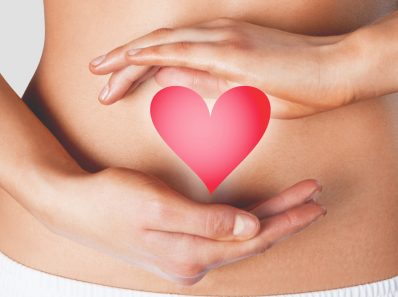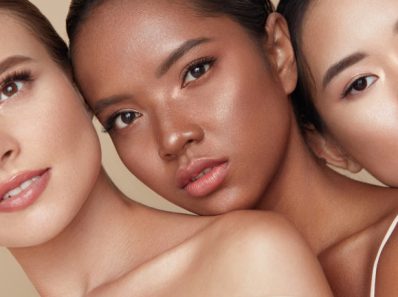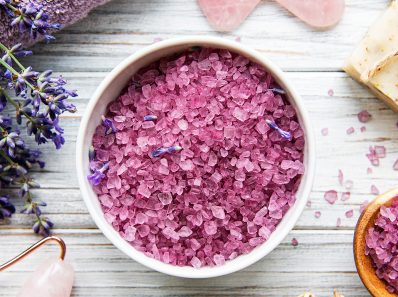Understanding the ingredients in your hair care products is crucial for maintaining healthy and vibrant hair. The ingredients play a significant role in determining the effectiveness of a product and its impact on your hair’s overall health and appearance. Many people use hair care products without a clear understanding of what goes into them. By breaking down the ingredients, you empower yourself to make informed choices that align with your hair care goals
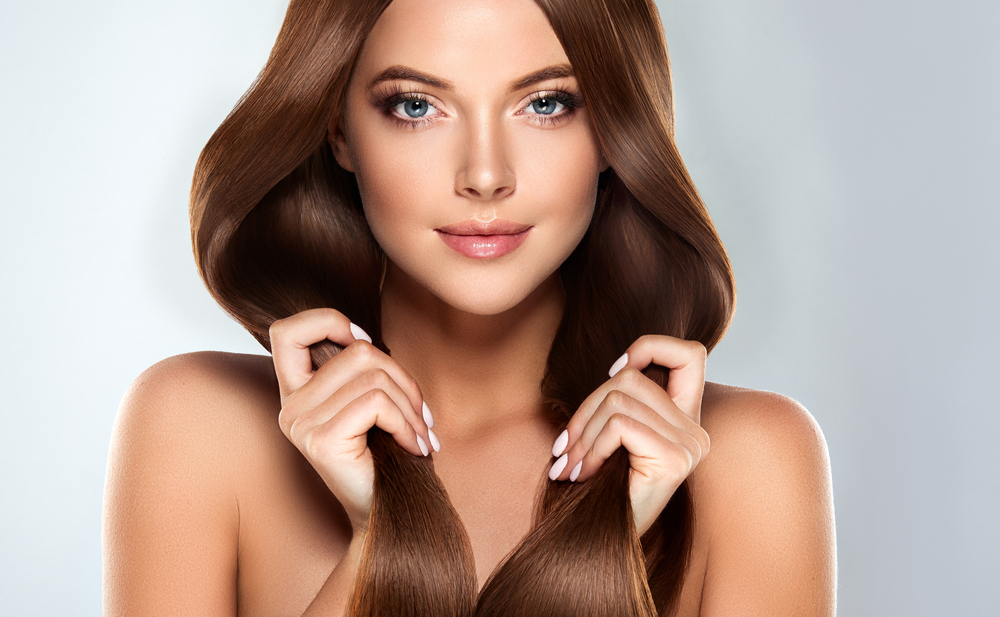
The right ingredients can contribute to nourishing and strengthening your hair, while the wrong ones may lead to damage and dullness. In this blog post, we’ll delve into the essentials of hair care product ingredients, providing you with the knowledge to make informed decisions for your hair care routine.
Common Ingredients in Hair Care Products
When it comes to deciphering the ingredients of your hair and beauty supplies, a solid understanding of key components can make a significant difference. Let’s dive into the essentials.
Cleansing agents
Particularly surfactants, are the backbone of any effective shampoo. They’re the cleaning maestros, tackling dirt and oil. It’s worth noting the sulfate debate – sulfate cleansers get the job done but can be harsh, while sulfate-free alternatives offer a milder approach.
Conditioning agents
Silicones play a crucial role. They provide that sleek, smooth feel, but some folks might find them a tad heavy. On the flip side, natural oils are rising stars, bringing benefits like hydration and nourishment without the weight.
Preservatives and stabilizers
These ensure your product lasts and maintains quality. Common preservatives, when used responsibly, keep your hair care goods safe. Meanwhile, stabilizers act as backstage managers, ensuring the product doesn’t lose its effectiveness or change its tune.
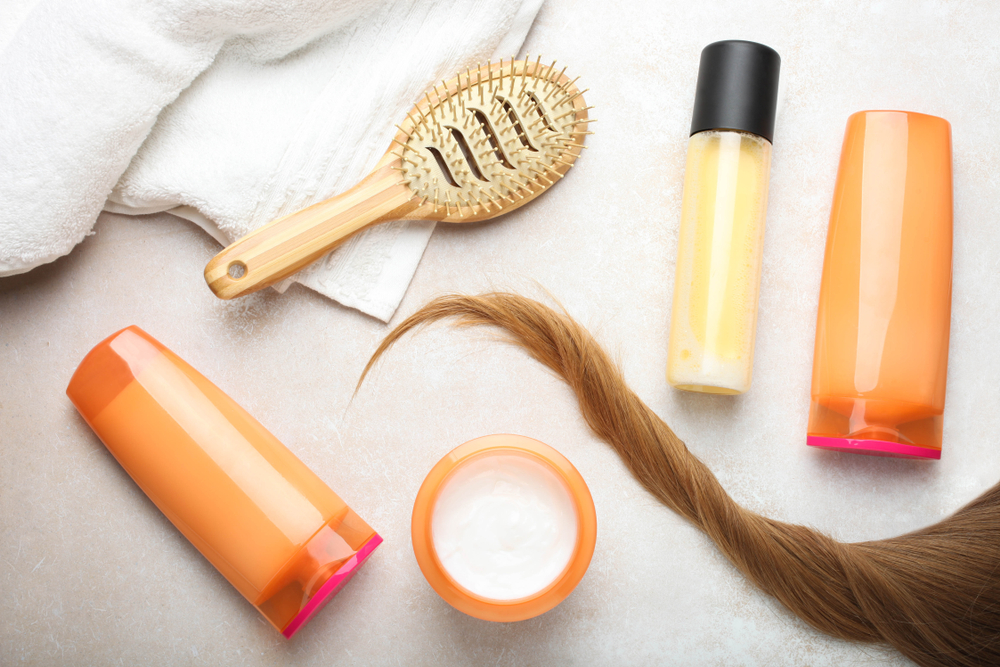
Key Ingredients for Different Hair Types
Different hair types require specific ingredients to provide optimal nourishment. Let’s explore the unique needs of each type.
A. For Dry Hair
- Hydrating Agents: Glycerin and Hyaluronic Acid
- Glycerin attracts moisture to your hair, ensuring it stays hydrated.
- Hyaluronic acid, a powerful hydrator, keeps your locks moisturized from root to tip.
- Moisturizing Oils: Argan Oil and Shea Butter
- Argan oil nourishes and revitalizes dry hair without weighing it down.
- Shea butter provides intense moisture, promoting softness and shine.
B. For Oily Hair
- Lightweight Oils: Jojoba Oil
- Jojoba oil regulates oil production, preventing greasy buildup.
- Its lightweight nature ensures your hair stays fresh and vibrant.
- Astringents: Witch Hazel
- Witch hazel acts as a natural astringent, balancing oil levels and promoting a clean scalp.
- Say goodbye to excess oil without compromising your hair’s health.
C. For Curly or Coily Hair
- Curl-Defining Agents: Polymers
- Polymers enhance and define your natural curls, giving your hair that perfect bounce.
- Say hello to frizz-free, well-defined curls that last all day.
- Humectants for Moisture Retention
- Humectants like glycerin and aloe vera lock in moisture, preventing dryness and breakage.
- Enjoy well-hydrated curls that are easy to manage and style.
Harmful Ingredients to Avoid
Selecting hair care products requires awareness of harmful ingredients. Here’s a clear breakdown:
A. Sulfates: These are harsh detergents that can strip your hair of natural oils, leading to dryness and irritation. Look out for sodium lauryl sulfate (SLS) and sodium laureth sulfate (SLES) on ingredient lists.
B. Parabens: Commonly used as preservatives, parabens have raised health concerns due to their potential hormone-disrupting properties. Keep an eye out for methylparaben, ethylparaben, propylparaben, and butylparaben.
C. Formaldehyde-releasing preservatives: Ingredients like DMDM hydantoin, diazolidinyl urea, and quaternium-15 can release formaldehyde, a known carcinogen. Avoid products containing these preservatives.
D. Fragrances: While they may make products smell pleasant, fragrances often hide a mix of potential irritants. Opt for fragrance-free or products with natural scents to minimize the risk of skin irritation.
Reading Product Labels
When it comes to reading product labels, focus on two fundamental aspects: understanding ingredient lists and deciphering marketing buzzwords. Familiarity with ingredients is crucial; look for recognizable components and be cautious of complex names, considering their concentration order. Marketing buzzwords, often sounding appealing, can be misleading. Terms like “natural” or “organic” need scrutiny against the actual ingredients. Developing the skill to read labels is practical and necessary for making informed choices in selecting hair care products.
The Rise of Clean and Natural Hair Care
In recent times, there has been a noticeable surge in the popularity of clean and natural hair care products. This is one of the haircare trends that is driven by a growing consumer preference for products containing natural and organic ingredients. People are becoming more conscious of the potential harmful effects of synthetic chemicals commonly found in traditional hair care items. As a result, the demand for products with minimal, recognizable ingredients has gained momentum. To navigate this shift, it’s essential to assess the efficacy of natural products. While some may question the performance of these alternatives, many natural ingredients have proven benefits for hair health. Ingredients like aloe vera, coconut oil, and argan oil, for instance, have demonstrated their effectiveness in nourishing and revitalizing hair. In the pursuit of healthier hair, consumers are now scrutinizing product labels, seeking transparency and simplicity.
DIY Hair Care: Making Informed Choices
When it comes to DIY hair care, opting for homemade solutions can be both economical and beneficial for your hair health. Many effective ingredients for crafting your own hair care products can be found right in your kitchen. Items like olive oil, honey, and coconut oil are renowned for their moisturizing properties. Aloe vera and apple cider vinegar also make the cut, offering soothing and clarifying effects. When experimenting with DIY recipes, it’s essential to understand your hair type and specific needs. A basic understanding of the properties of ingredients is crucial. For instance, oily hair may benefit from lemon juice, while dry hair thrives with the nourishment of avocado. Striking a balance in proportions matters too; excessive use of certain ingredients can lead to undesirable outcomes. By staying informed and experimenting judiciously, you can unlock the potential of DIY hair care, tailoring it to your unique hair requirements.

Conclusion:
Understanding the ingredients in your hair care products is vital for making informed choices that align with your hair care goals. From tailored care for different hair types to avoiding harmful ingredients, being ingredient-conscious empowers you to maintain healthy and vibrant hair. The rise of clean and natural hair care reflects a consumer shift towards transparency and simplicity. Additionally, exploring DIY options can be both economical and beneficial, provided you stay informed and tailor your choices to your unique hair requirements.

